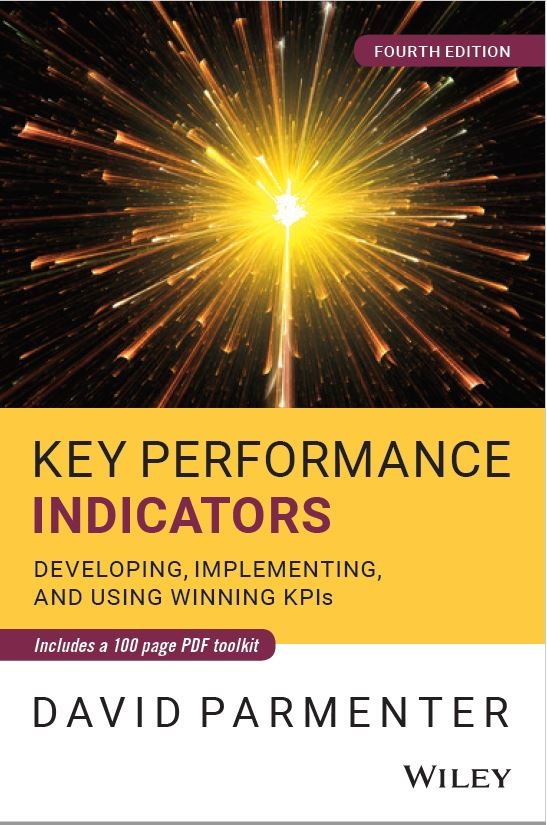Indicative KPI Project Rollout Durations
| Project stages | One-person team | Two-person KPI team | Four-person KPI team | |||
| Size of Organization (FTEs) | ||||||
| Less than 100 FTEs | 100- 250 | 250 to 500 | 500 to 3,000 | 3,000 to 10,000 | over 10,000+ | |
| 1 Getting the enterprise committed to the change and up-skilling an in-house KPI team. | 1 week | 1 week | 2-3 weeks | 2-3 weeks to holding company[1] | ||
| 2 Ascertaining the operational critical success factors. | 2 weeks | 2-3 weeks | 4-6 weeks | 4-6 weeks | 4-6 weeks
(Additional CSF workshops[2] needed where different sectors involved) |
|
| 3.1 Run the performance measures workshops | Combined with the CSF workshop | 2-3 weeks | 4-6 weeks | 4-6 weeks[3] | 4-6 weeks
(for every major subsidiary with smaller subsidiaries attending[4]) |
|
| 3.2 Refining the Measures | 2 weeks | 2 weeks | 2-3 weeks | 4-6 weeks[5] | 2-3 weeks[6]
(for every major subsidiary) |
|
| 3.3 to 3.5 Hold performance measures galley, teams select KRIs and KPIs ascertained | Combined with the CSF workshop | 4-6 weeks
(measures will only need to be tested once[7]) |
||||
| 3.6 Designing reporting process | 2 weeks | 2-3 weeks | 4-6 weeks[8] | 4-6 weeks
(for every major subsidiary) |
||
| 3.7 Facilitate the appropriate use of the selected performance measures by all the teams in the organization | Ongoing | Ongoing | ||||
Source: Extracted from
Key Performance Indicators – developing, implementing and using winning KPIs (4th Edition)
[1] In a large organization it is imperative that the holding company CEO is behind the KPI project.
[2] Where you different industries in a group you will need two different sets of CSFs, albeit that the people related ones will be identical.
[3] Bringing in different groups together creates team building and saves workshop time.
[4] Smaller subsidiaries should attended the workshops run for a similar larger subsidiary.
[5] Every performance measures workshop will generate duplication in measures. It is tempting to allow attendees to see what other workshops have delivered, however this will cull learning and possibly leading to a KPI being missed.
[6] With the ongoing rollout, some CSFs will not be reviewed for measures as the KPI team will be happy with them and simply need to explain them in the workshop.
[7] Once a measure has been tested in a subsidiary it can be safely used in another subsidiary, without further testing.
[8] With larger organizations the need for more sophisticated and integrated reporting software is paramount.


Recent Comments